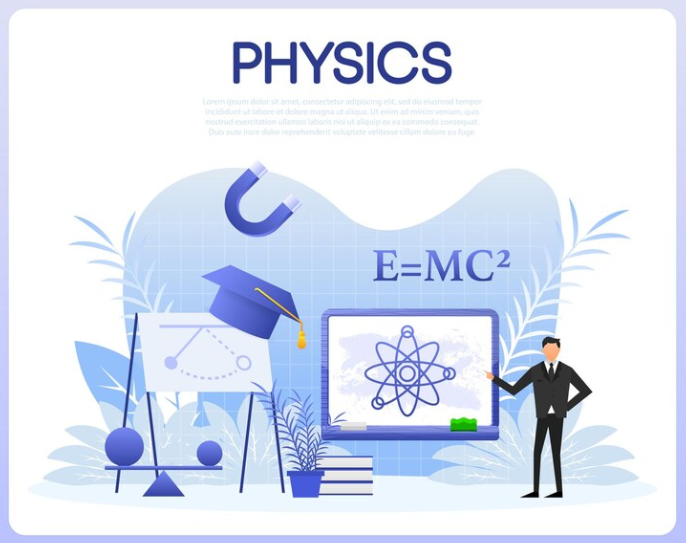

































































































































Unit 9: DC Circuits
Unit 9: DC Circuits in AP Physics 1 introduces the principles of direct current (DC) circuits, focusing on the flow of electric charge through components in a closed loop.
Key Concepts:
Electric Current (
𝐼
I):
The rate of flow of charge through a conductor, measured in amperes (
𝐴
A).
Defined as
𝐼
=
𝑞
𝑡
I=
t
q
, where
𝑞
q is charge and
𝑡
t is time.
Voltage (
𝑉
V):
The electric potential difference between two points in a circuit, measured in volts (
𝑉
V).
Resistance (
𝑅
R):
The opposition to the flow of electric current, measured in ohms (
Ω
Ω).
Ohm’s Law:
𝑉
=
𝐼
𝑅
V=IR.
Power (
𝑃
P):
The rate at which electrical energy is used or supplied, calculated as
𝑃
=
𝐼
𝑉
P=IV.
Circuit Elements:
Resistors: Components that limit current flow.
Batteries: Provide voltage to drive current.
Switches: Control the flow of current.
Series and Parallel Circuits:
Series Circuits: Components connected end-to-end, sharing the same current.
Parallel Circuits: Components connected across the same voltage.
Applications:
Analyzing circuits using Kirchhoff’s rules.
Understanding real-world systems like household wiring and electronic devices.
This unit builds a strong foundation for understanding electrical systems, emphasizing problem-solving and the practical applications of DC circuits.
